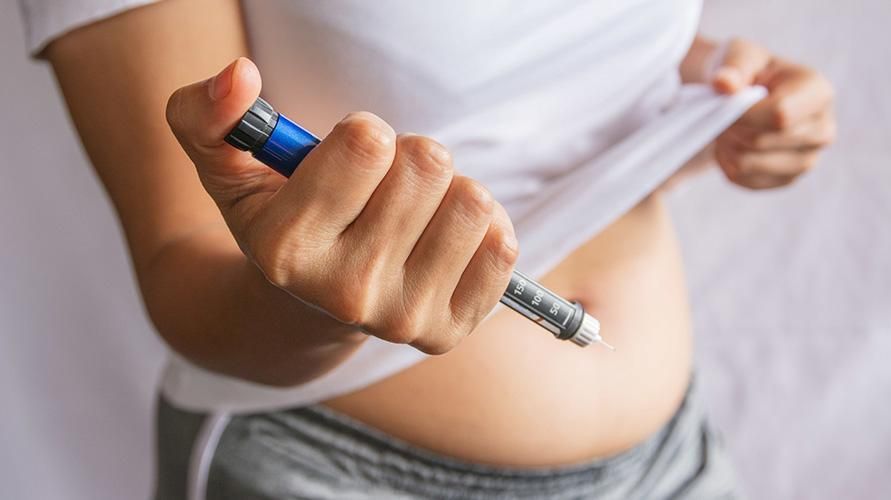If lifestyle modifications and oral diabetes treatments have failed to regulate your blood sugar levels, insulin may be used, suggest experts at humalog. But administering insulin involves more steps than just giving yourself a shot a few times per day. In addition, knowing how much insulin you need and when to take it requires effort. These devices can keep you on track with your insulin dosing and administration.
Table of Contents
The Insulin Pump:
If you need to administer multiple insulin doses to yourself each day, an insulin pump may be possible. A pump is a gadget the size of a cell phone you can carry around your pocket or fasten to your bra, belt, or waistband.
Insulin is administered using a needle put under the skin of your belly through a tiny tube called a catheter. The pump will deliver insulin throughout the day as a bolus and basal insulin once you have injected insulin into the device reservoir.
The Blood Glucose Meter
A blood glucose meter is a need for a type 2 diabetes patient. A few times a day, blood sugar checks can help you determine how well your insulin is managing your diabetes and whether you need to change the amount or timing of your doses.
In a small amount of your blood, a blood glucose meter determines the amount of glucose. You pierce your finger with a lancet or another sharp object first. The test strip is then inserted into the device after receiving a drop of blood on it. Your blood sugar level will be reported by the meter, allowing you to determine if it is too low or too high. In addition, some blood glucose meters allow you to communicate the data with your doctor by downloading the results to your computer.
Your doctor can review your blood sugar levels over time and use the information to adjust your insulin regimen as appropriate. Noting when you check your blood sugar if you’ve eaten, and when is extremely important.

The Insulin Pen:
An insulin pen resembles a writing instrument, but instead of ink, it has insulin within. The pen can be used to inject insulin instead of a syringe. Insulin is preloaded in a disposable insulin pen. You discard the entire pen after usage. After each usage, you swap out the insulin cartridge in reusable pens. You must first program how many insulin units you need before using an insulin pen. After cleaning your skin with alcohol, you insert the needle and release the insulin release button after holding it down for 10 seconds.
Conclusion:
You can talk with your doctor and diabetes educator about all the available diabetes control devices. Before selecting a gadget, be certain you are aware of all your alternatives and the benefits and drawbacks.

